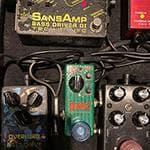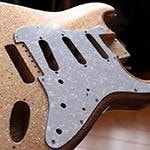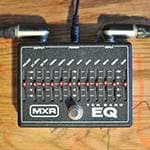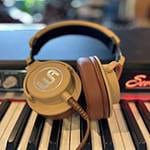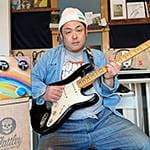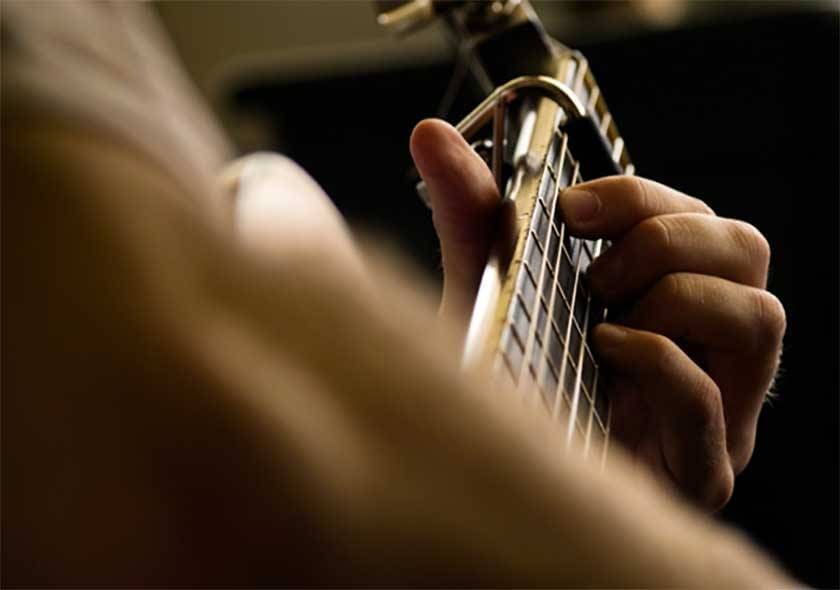
Hello! This is Kaoru, a composer.
Today, I’d like to talk about the fingerboard on guitars and basses.
Japan’s seasonal temperature and humidity changes a lot.
This can be rough on delicate instruments.
If left unattended, these changes can cause the fingerboard to crack or the neck to warp.
However, by understanding the properties of different woods and proper maintenance techniques, you can enjoy your instruments for many years to come!
So!
- Characteristics of different woods
- Maintenance tips
- Key points to watch out for
I’ll cover these topics and recommended maintenance items.
I hope you’ll find this article helpful!
What is a Fingerboard?
If you’re a guitarist or bassist, you’re probably familiar with the fingerboard.
However, let’s briefly go over its function.
The fingerboard helps stabilize the frets and makes it easy to identify different scales, making it an essential part of the instrument.
Besides ‘fingerboard’, it’s also called the ‘fretboard’.
The main role of the fingerboard is to stabilize the frets, so durability is a top priority, but it also significantly impacts sound.
Commonly used woods include:
- Rosewood
- Maple
- Ebony
Other materials, like Macassar ebony, pau ferro, wenge, phenolic resin, and tech wood, may also be used.
Synthetic materials offer durability, uniformity, and high resistance to environmental changes.
Differences in Fingerboard Shapes
Fingerboards are designed with a gentle curve, which greatly affects playability.
This makes it an important factor when choosing an instrument.
Generally, the choice depends on individual preference, so experimenting with different shapes is recommended.
The degree of curvature is indicated by the letter ‘R’ for radius.
- Features of a Gentle R
The flatter the fingerboard, the lower the string action can be set.
This makes it ideal for fast playing, sweeping, and string bending, making it a popular choice for technical players.
Guitars preferred by metal players, like those from Gibson and Jackson, often feature this shape.
- Features of a Stronger R
A more pronounced curve makes chord playing easier.
It allows for a comfortable grip and has a natural feel.
However, lowering the string action too much may cause fret buzz, so caution is needed.
Fender guitars typically use this type of curve.
Wood Characteristics
Here is a summary of the most popular types of wood used for fingerboards.
Rosewood
Rosewood is a dark brown wood with faint visible grain.
Generally, it is left uncoated, making it quite delicate.
Rosewood is widely used for both electric and acoustic guitars, so it’s a familiar choice for many.
In terms of sound, rosewood offers a warm, soft tone.
It has a softer attack and less sustain, making it ideal for players who focus on chordal work.
When storing, it’s essential to manage humidity carefully and to apply lemon oil for moisture retention.
*Note
If neglected, rosewood can dry out, causing the fingerboard to crack or shrink, which may make the frets lift.
Once this happens, repairs can be difficult and costly!
Maple
Maple is a very hard wood with a distinctive light color, making it easy to recognize visually.
It is not only used for fingerboards but also for various other parts of the instrument.
In terms of sound, maple provides a clear, well-defined tone with good transparency.
Maple fingerboards are typically coated, making them less susceptible to humidity changes and easier to maintain.
For upkeep, a simple dry wipe with a cloth or some polish to remove dirt is usually sufficient!
*Note
Since maple is light-colored, dirt tends to show up more prominently.
If maintenance is neglected, grime can build up, causing dark stains.
It can be hard to clean thoroughly.
○ Ebony
Ebony is a very dark, glossy wood.
It’s typically uncoated.
It is a highly valued material often found on high-end guitars.
The sound characteristics of ebony fall somewhere between maple and rosewood.
Its tonal quality is well-balanced, so many guitarists favor ebony.
Its durability and smooth feel, making it ideal for technical playing.
For storage, it’s essential to manage humidity carefully and apply lemon oil to keep it moisturized.
*Note
Maintenance needs are similar to rosewood.
Without proper care, prolonged dryness can cause the fingerboard to crack or shrink, which may lead to lifted frets.
Repairing these issues can be both challenging and costly!
Let’s go over some recommended items available from Sound House!
This is an essential hygrometer for managing the humidity of string instruments, which are sensitive to moisture.
It’s palm-sized and won’t take up much space!
I’ve personally used this for years, and it’s been very helpful.
The simple dial makes it easy to quickly check the humidity.
The fact that it requires no batteries is a bonus!
Since it’s an analog device, it may not be as accurate as digital models, but it serves as a reliable standard, so having one on hand is definitely worthwhile.
Fernandes / Dr. Dry Set of 3 Instrument Humidity Control Packets
This humidity control packet helps manage moisture levels inside your instrument case.
It absorbs excess moisture during high humidity and releases moisture during dry periods to maintain optimal conditions.
It also helps eliminate unwanted odors and prevents rust on metal parts.
This is an essential item when storing instruments during dry winter seasons or humid rainy seasons!
The effect lasts for up to six months, which is a great bonus.
That wraps up our discussion on fingerboards.
Each wood type has its own unique appeal, making the choice difficult.
For musicians, an instrument is a companion.
Let’s take good care of it with proper maintenance!
The column “sound & person” is made possible by your contributions.
For more information about submissions, click here.





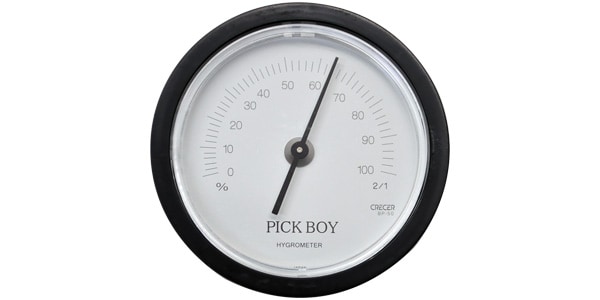
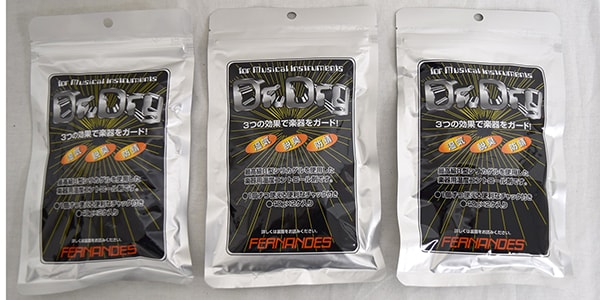



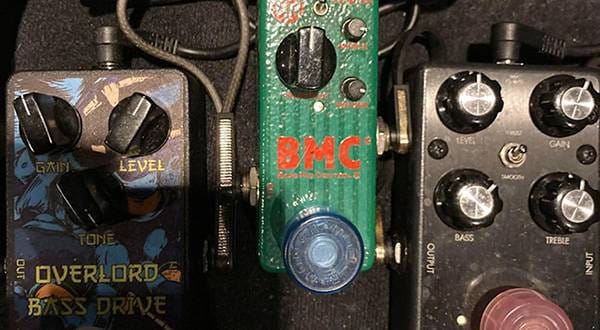
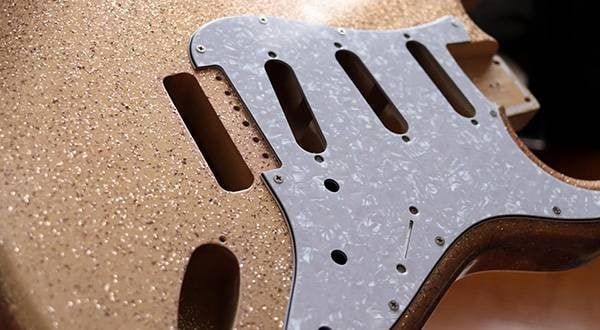
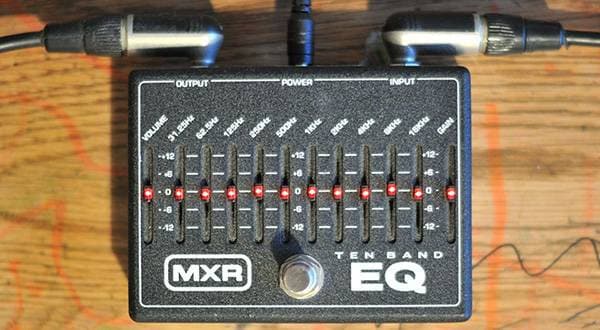
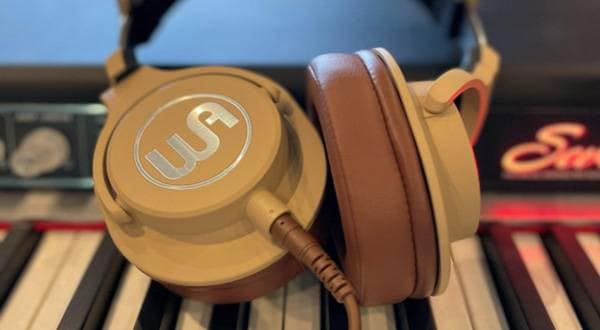

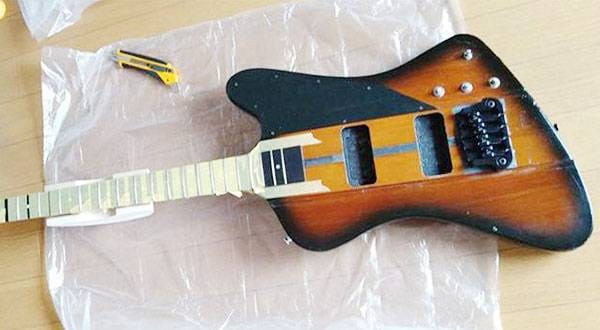
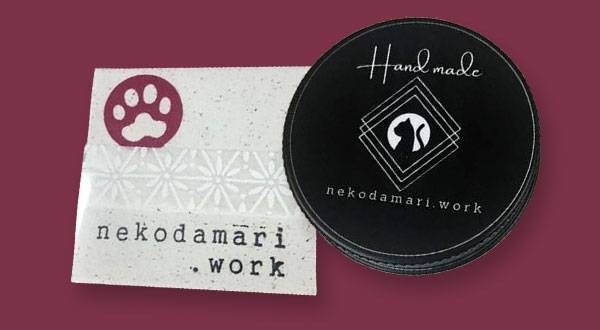
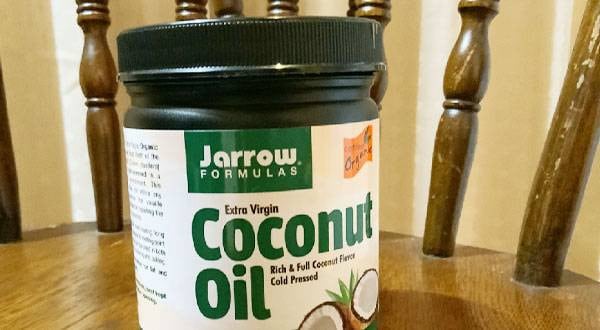
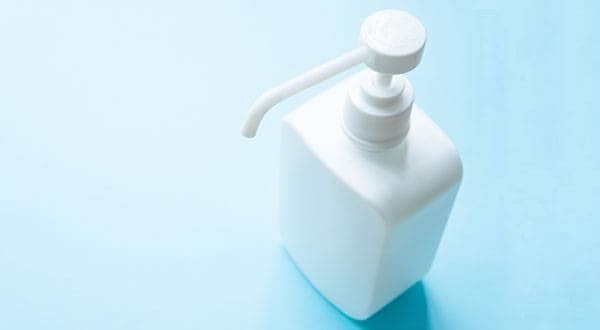
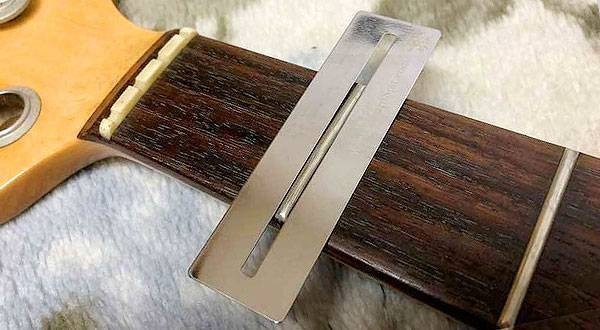

 バンドあるある相談
バンドあるある相談
 DIY ギターメンテナンス
DIY ギターメンテナンス
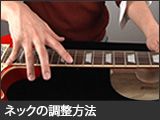 ネックの調整方法
ネックの調整方法
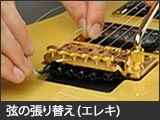 弦の張り替え(エレキギター)
弦の張り替え(エレキギター)
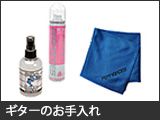 ギターのお手入れ
ギターのお手入れ
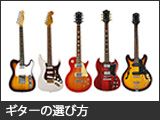 ギターの選び方
ギターの選び方
